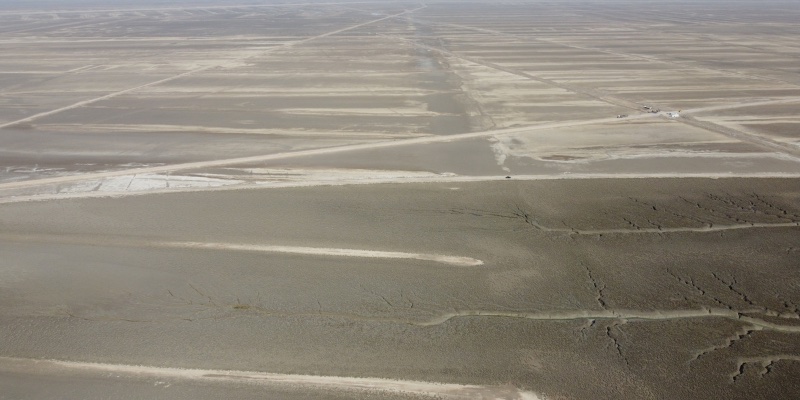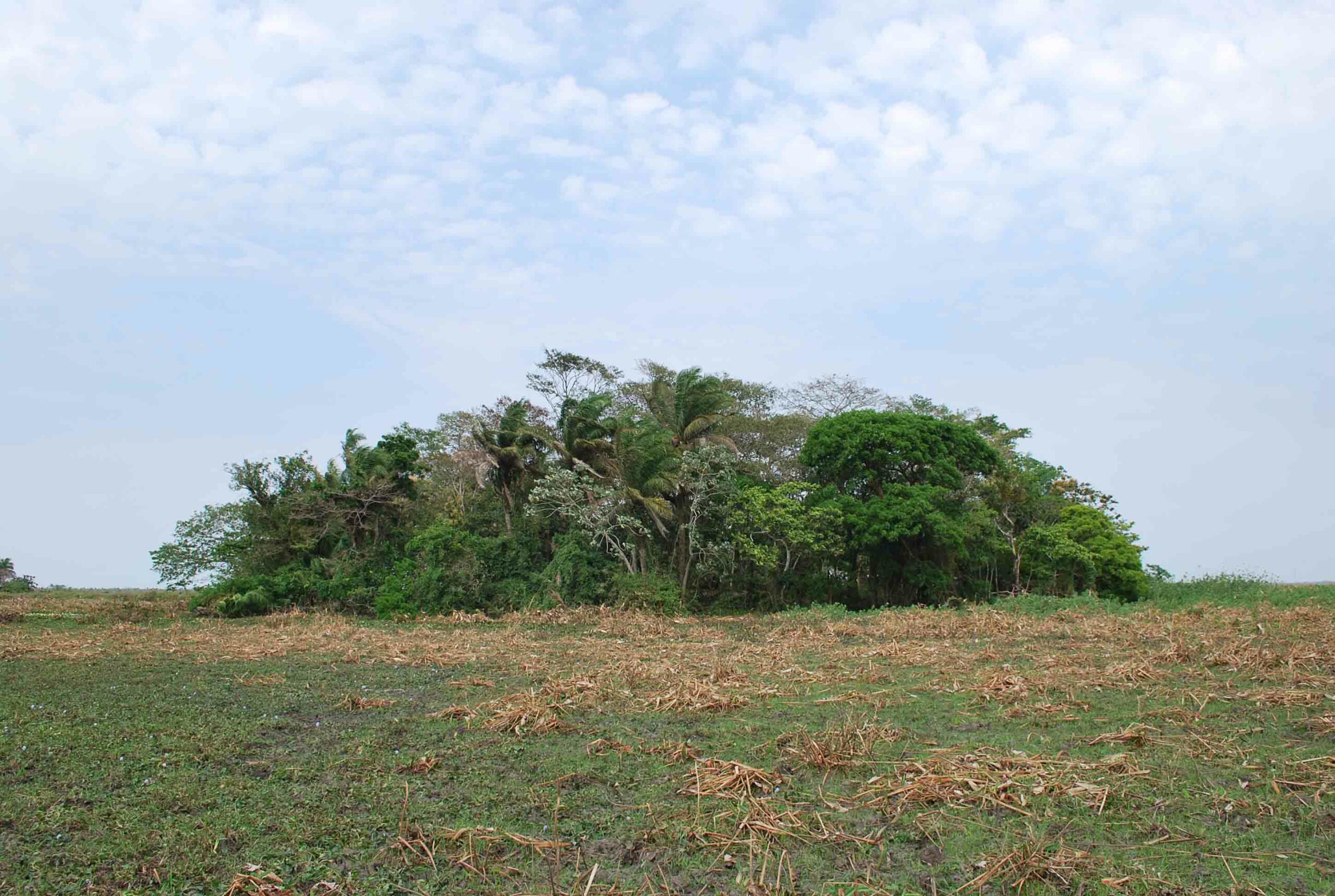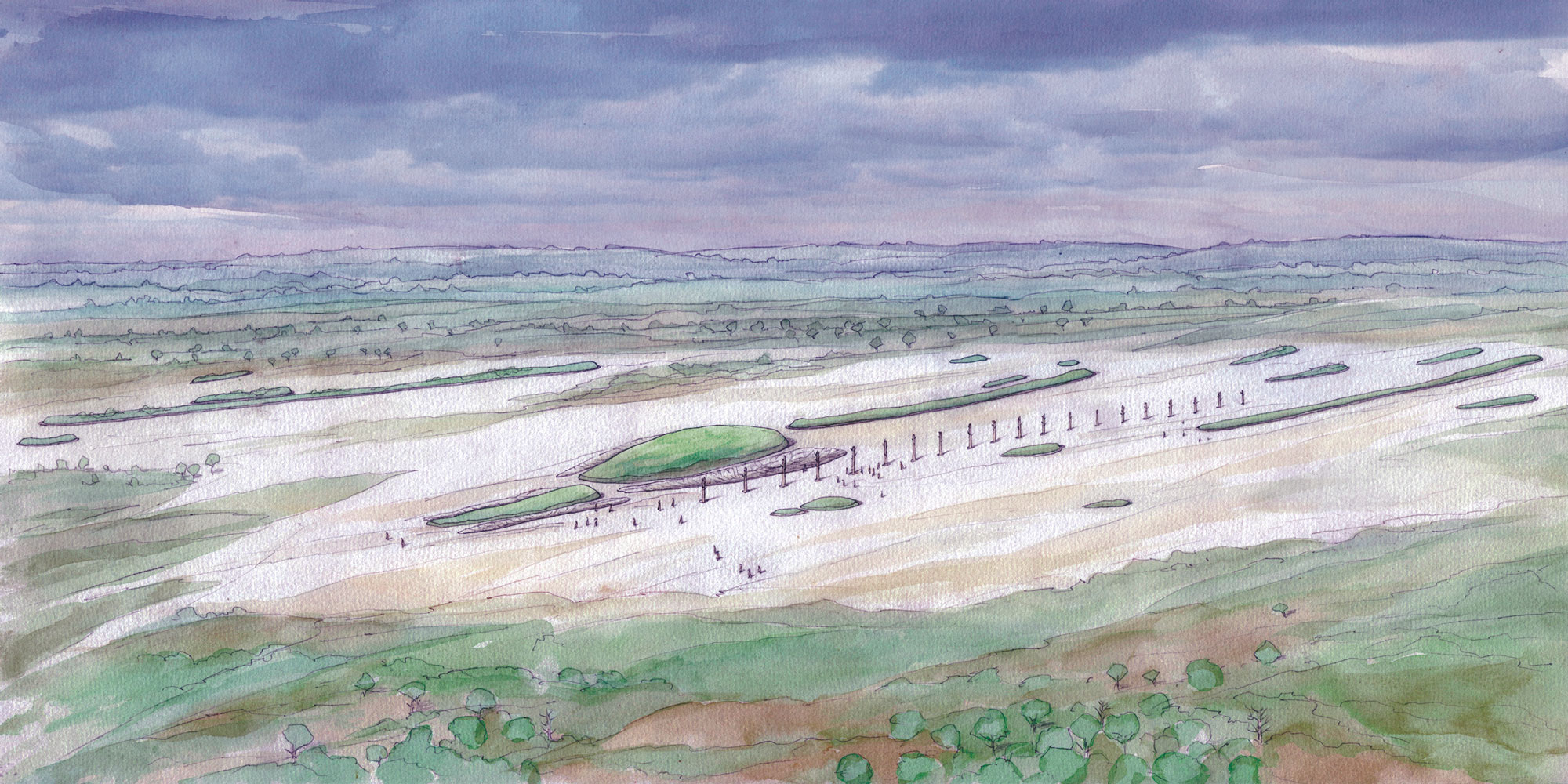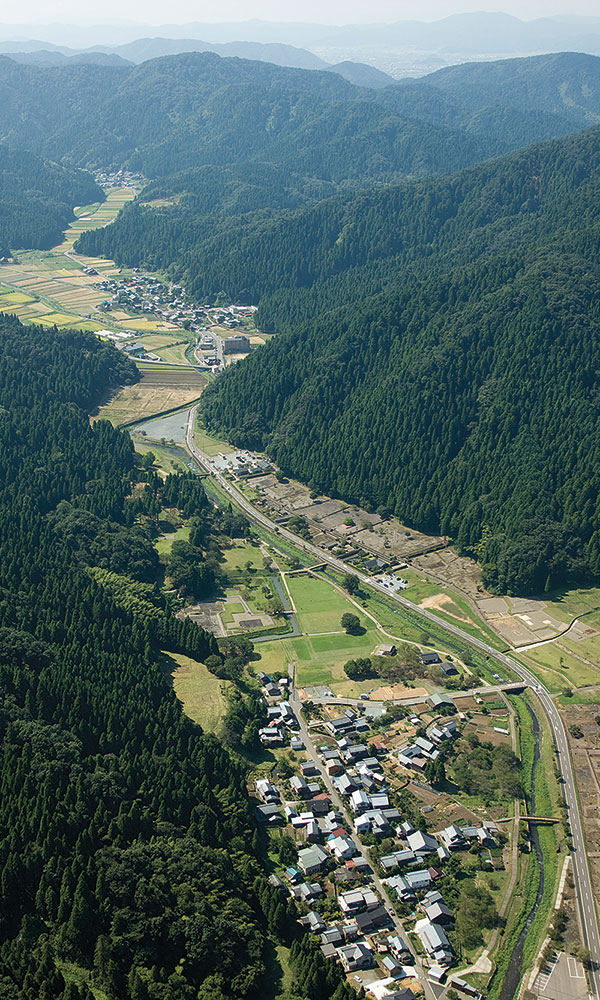
BASRA, IRAQ—The Shatt al-Arab floodplain outside of Basra is marked with thousands of manmade earthen ridges and canals. Archaeologists have long suspected that these may have been part of an ancient agricultural system, but they did not know when or by whom it was built. New research has demonstrated that not only is this theory true, but that the massive infrastructure was dug by a huge labor force of enslaved Africans. The Associated Press reports that researchers identified more than 7,000 features spread across 300 square miles that formed an extensive farming network. Using radiocarbon dating and a technique called optically stimulated luminescence on finds from the sites, they were able to date the system's creation to the ninth century a.d. This was a time when the Abbasid Caliphate was exploiting enslaved Africans known as the “Zanj,” traditionally thought to have been taken from the East African Swahili Coast. It is now thought that harsh conditions involved with creating this agricultural system may have directly provoked the famous a.d. 869 Zanj Rebellion, in which enslaved Black Africans revolted against the Abbasid state. The dating evidence indicates that the network was maintained until the mid-thirteenth century, suggesting that the use of slave labor likely continued for several centuries after the unsuccessful uprising. Read the original scholarly article about this research in Antiquity. To read more about the Abbasid Dynasty's rise to power, go to "Expanding the Story."












